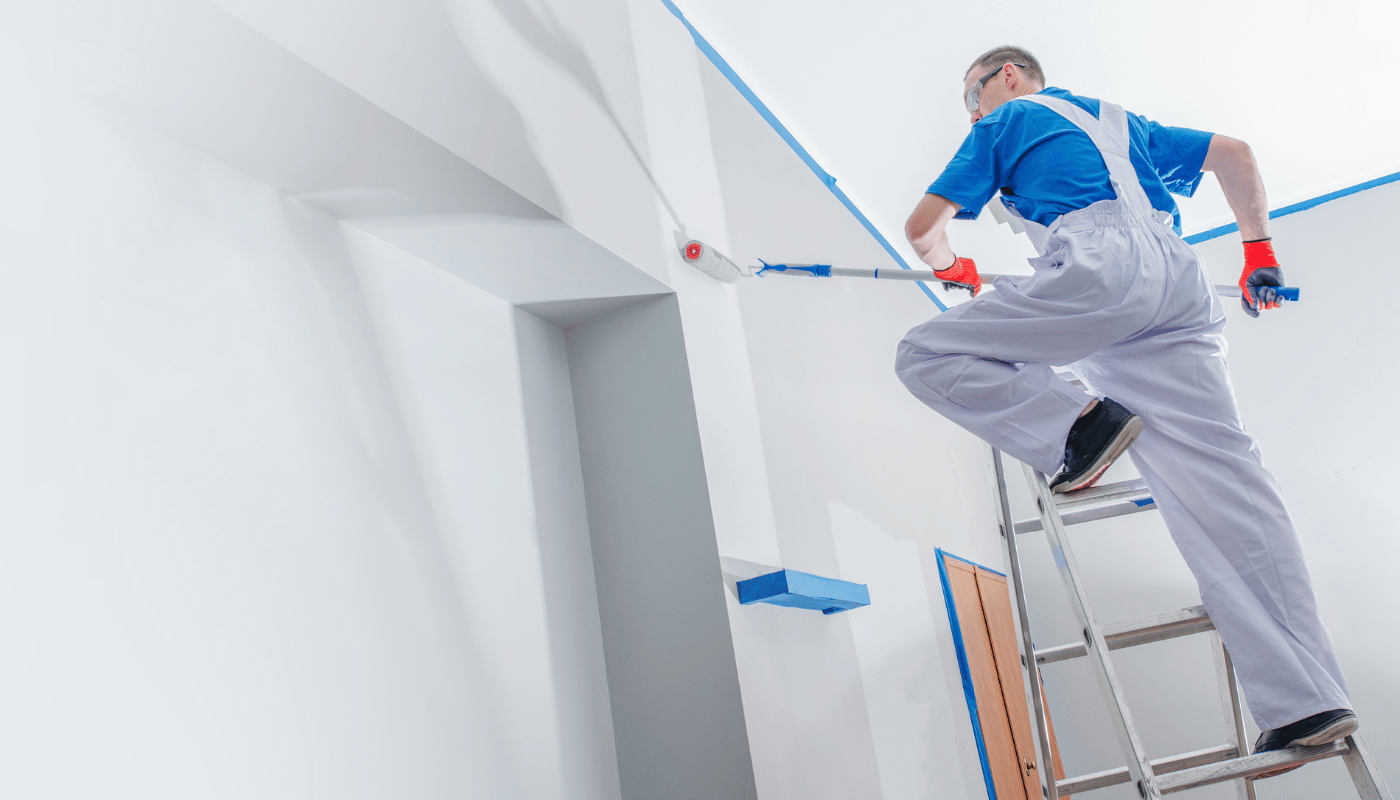PAINTING Newcastle
The Australian way of life is no better celebrated than relaxing on your freshly restored deck.

A deck offers everything we love about living in Australia.
Relaxing afternoons around the BBQ with family or mates, and a fantastic DIY opportunity!
As they get older, timber decks become weathered, lifeless and are prone to being damaged. This is all a natural part of the aging process of timber. But don't panic! It's not difficult to keep your deck in tip top condition.
How? Easy – re-stain your deck and it will look as good as new!
But before you put down your beer and get stuck into it, let’s take a look at some really handy deck staining tips. These tips are simple, quick and they will make all the difference between a great experience and a disaster. Doing a little bit of research will keep your deck staining project on the right track. The results will speak for themselves!
#1 Before you start, the most important part of any project is preparation!
Clean your deck! If you are an keen DIY'er, you will probably want to get stuck into it! And that's natural; the satisfaction of a DIY project well done is something that almost all homeowners love. But, like anything else, it’s all about preparation. If you set up the process correctly to begin with you will enjoy the job more and your result will be better! The first thing you need to do is clean your deck. And that doesn't mean a 'bit of' a hose down. You are going to have to roll up your sleeves an scrub. It's important to remove all mould, grease, oil, dirt, or wax. These all need to be removed completely and more than a simple sweep is required. NO shortcuts!
These surface contaminants can spoil the finish of your stain can prevent the stain from soaking into the timber. You will notice in a few week’s time and the job will be spoiled. So where do you start? We suggest starting with a comprehensive sweep of the area. If there are any obvious mould patches you can buy deck-cleaning products from your local hardware store. While you are there buy a still bristled brush which can be used to break through the more difficult grime.
#2 Only sand your deck if it is old or deteriorated: this is one of the most important deck staining tips! When most people think of ‘timber restoration’ the first thing that pops up is sanding. For most timber projects, sanding is the key to success. But not always. When it comes to deck restoration, sanding is generally not necessary. In fact, sometimes sanding can hinder a good result. So how do you know when to sand and when to leave it? The first question you need to ask yourself is, "Why am I restoring the deck?" Is it for looks or protection?
A well-stained deck gives protection from the elements. To get this protection, the stain needs to soak into the timber. If you sand the new decking timber, it will become too smooth to absorb the stain. As a result, the finish will be compromised. So always let your new deck weather for a season or two before you stain and only sand your deck if it is absolutely necessary.
#3 Choose your day carefully – rain is the enemy to your deck staining project! So you’ve done your research and your preparation. Your deck is ready to go! What now? Well, here’s one of the most important deck staining tips – even for the experienced: watch out for rain! Water is the worst ingredient in a deck-staining project. You can do your preparation to the highest standard and it still won’t save you from the rain. When you are planning a deck-staining project, study the weather forecast and keep informed of any changes. Keep an eye on that forecast for a day or two in advance. In a region like the Hunter Valley, the weather can change very quickly. So you want to be absolutely sure the will be no rain during your deck-staining fun!
#4 Select a suitable stain When it comes to deck staining tips, selecting the right stain can get a little technical.
If pretty generic stain is what you are looking for, then choosing your stain should be fairly straight forward. However, if you are a bit of a perfectionist, it may require a bit more thought to which stain you use? There are so many different stains available. You can get water-based, oil-based, different shades and with different drying times. The differences can be subtle, but for a lot of people the devil is in the detail. Take your time and look at your options. In some cases, you can even mix stains for the perfect finish. But we recommend speaking to an expert before you try anything too fancy – not all stains will mix well!
#5 What tools will you need? Deck staining is pretty straightforward, so you won't need many!
Any dedicated DIY fan will probably have an abundance of tools at the ready. But which ones do you really need? Luckily, not many! You will need a good broom, a sturdy brush, a deck applicator brush and a paintbrush. Of course, you can use what ever tools you think appropriate, but these are the basics! Exposed nails will have to be put in their place before the staining begins, so a hammer and a nail punch will be useful! Finally, if your deck is really in need of some touching up or maintenance, you will need some sanding equipment. But remember, sand only if it is absolutely necessary!
Easy eh! Yes, but if you just simply want the job done without any fuss, contact us at Painting Newcastle.
We are the painting and staining experts.
Simply the best painters in Newcastle.





